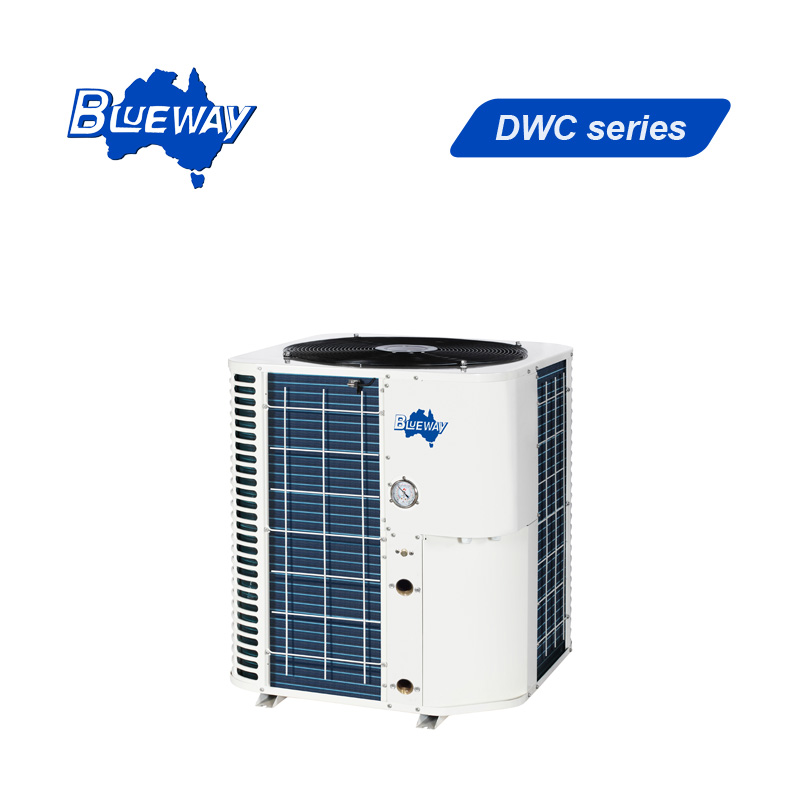An overview of how an air source water chiller typically operates
2024-01-17
An air source water chiller is a type of refrigeration system that uses ambient air as the heat source to cool water for various applications, such as air conditioning, industrial processes, or space cooling. It operates on the principles of vapor compression refrigeration, similar to how air conditioners and refrigerators work, but with the primary goal of cooling water.
Here's an overview of how an air source water chiller typically operates:
1. Evaporator Coil:
- The process begins with the evaporator coil, which is responsible for absorbing heat from the water. In this coil, liquid refrigerant evaporates, absorbing thermal energy from the water and causing the refrigerant to turn into a low-pressure vapor.
2. Compressor:
- The low-pressure vapor is then compressed by a compressor. The compression process increases the temperature and pressure of the refrigerant, turning it into a high-pressure, high-temperature gas.
3. Condenser Coil:
- The high-pressure, high-temperature gas flows to the condenser coil, where it releases heat to the ambient air. As the refrigerant loses heat, it undergoes a phase change from a gas to a liquid.
4. Expansion Valve:
- The high-pressure liquid refrigerant then passes through an expansion valve or throttle valve, causing a rapid drop in pressure. This results in the refrigerant returning to a low-pressure, low-temperature state.
5. Evaporator Coil (Again):
- The cycle repeats as the low-pressure, low-temperature liquid refrigerant re-enters the evaporator coil, ready to absorb more heat from the water, restarting the process.
6. Circulation Pump:
- A circulation pump is used to circulate the water through the chiller system. The pump helps maintain a continuous flow of water, ensuring efficient heat exchange with the evaporator coil.
7. Control System:
- The chiller system is typically equipped with a control system that monitors and regulates the temperature of the water and the overall performance of the chiller.
Key features and considerations of air source water chillers:
- Heat Rejection:
- The heat absorbed from the water is ultimately rejected to the ambient air through the condenser coil. This makes air source water chillers dependent on the ambient air temperature, and their efficiency may be affected by external conditions.
- Efficiency:
- The efficiency of an air source water chiller is often expressed in terms of Coefficient of Performance (COP), which is the ratio of cooling output to the electrical input. Higher COP values indicate greater energy efficiency.
- Applications:
- Air source water chillers are used in various applications, including air conditioning for buildings, industrial process cooling, and other situations where a source of chilled water is needed.
- Maintenance:
- Regular maintenance, including cleaning the coils and checking refrigerant levels, is important to ensure optimal performance and energy efficiency.
- Size and Capacity:
- Air source water chillers come in different sizes and capacities to meet the cooling requirements of different applications. The size and capacity should be chosen based on the specific needs of the system.
Air source water chillers are commonly used in commercial and industrial settings where a reliable source of chilled water is required for cooling purposes. They offer an efficient and cost-effective solution, particularly in regions with moderate or mild climates.



